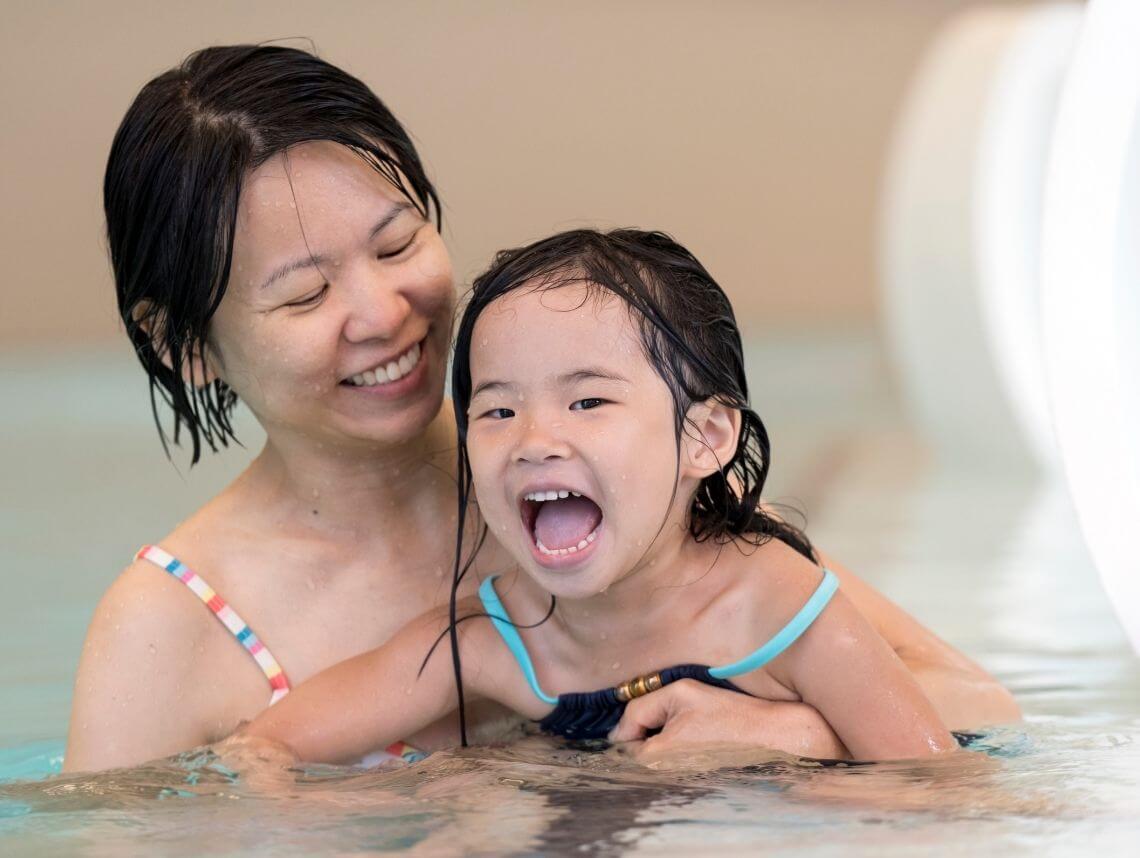Parents of children with spina bifida know that while this is a life-changing condition, it is one that children can adapt to and enjoy a good quality of life. One of the most important parts of this is keeping children active. Staying active is critical to the physical and mental health of any child, and this is just as true for young people with spina bifida.
Understanding Spina Bifida in Children and Why Staying Active is Important
Spina bifida is a birth defect that impacts about 1,427 babies born in the United States each year, according to the CDC. By affecting the development of the spinal cord, this condition can cause damage to nerves and result in impaired motor function and sensation.
Since there are different forms of this condition and it can develop anywhere along the spinal cord, diagnoses and treatment recommendations vary widely. In any situation, pediatricians and physical therapists will recommend that children of any age with spina bifida stay as active as possible.
Regular physical activity helps in the development of muscles, improves cardiovascular fitness and lung capacity, and can even have benefits for mental health. Children with spina bifida move around in a large variety of ways. Whether a child has minimal impairment in walking or uses a wheelchair, the following activities can help.
Since everyone is different, work with your doctor, physical therapist, or other pediatric care provider to ensure any activity is appropriate for your child, and that any necessary adjustments and equipment modifications are made.
The 5 Best Activities for Children with Spina Bifida
1. Swimming
Swimming, or any form of pool-based activity, can be a highly beneficial activity for children with spina bifida. Water offers an almost-perfect combination of buoyancy and resistance that helps promote easier movement while helping develop strength. The earlier that you can get a child with spina bifida into the water, the better, with many physical therapy centers offering specialized services for aquatic therapy or swimming lessons.
2. Crawling Through Obstacles
Crawling helps babies or toddlers with spina bifida develop upper body strength and coordination. This can be extremely helpful as they grow up, particularly for wheelchair users. One way to make crawling around more physically engaging, and fun, is to make an obstacle course that includes tunnels, barriers, and other elements. As skills develop and your child grows, the obstacles can be made more challenging to encourage further development.
3. Playing with Balls
From basic activities like rolling and bouncing for small children, to more involved sports such as tennis and basketball for older children, there are numerous benefits to ball-based activities. Along with building fine motor skills and hand-eye coordination, playing with balls as part of a game can help strengthen the heart and lungs to increase overall fitness. Ask your doctor or physical therapist about the best activities for your child, as well as any modifications that may be needed for games like tennis or basketball.
4. Going for Long Walks or Rides
No matter how your child gets around, encourage him or her to go the distance. Basic mobility is important for autonomy and overall health. For wheelchair users, long rides with long strokes help build upper body strength and develop cardiovascular health. Children who can walk aided or unaided should still be encouraged to go as long and as far as is safely possible. Riding a bike is another great way to get around, and in many cases, bicycles or other transports can be modified for children with spina bifida.
5. Doing Chores
It is very important for children with spina bifida to do as much as possible on their own. Giving them chores to do and teaching them how to do it with minimal assistance encourages autonomy and is another great way for children with spina bifida to stay active. Parents can and should provide help when needed, but the more daily activities they can do on their own, the better their long-term mental and physical outlook can be
Balancing Your Busy Schedule and Care Needs
Children with spina bifida have special care needs that can bring unique challenges. The Sonas Home Health Care team is here to help you find balance in a busy schedule and ensure your child gets the care, and activity level, they need.
We can provide dedicated home health services for comprehensive and flexible care. Sonas refers highly trained and caring nurses for personalized care for families. Whether you need just a few hours a day, or round-the-clock support, we are here to help.
Get in touch with our team and speak with a compassionate and experienced home health care professional. You can also request a free in-home assessment. We will work closely with you and your family to build a personalized and comprehensive home care plan for a wide range of diagnoses, including spina bifida.
This blog was reviewed by Jillian Miller BSN, RN — Director of Nursing for Sonas Home Health Care’s Tampa Bay market — for clinical accuracy. Jillian Miller has been a nurse for 16 years — working primarily in pediatrics. She believes the best part of working with the pediatric population is when you see smiles from clients when you first enter the room. She loves seeing the difference you can make in families’ lives while providing the best care possible for them.

